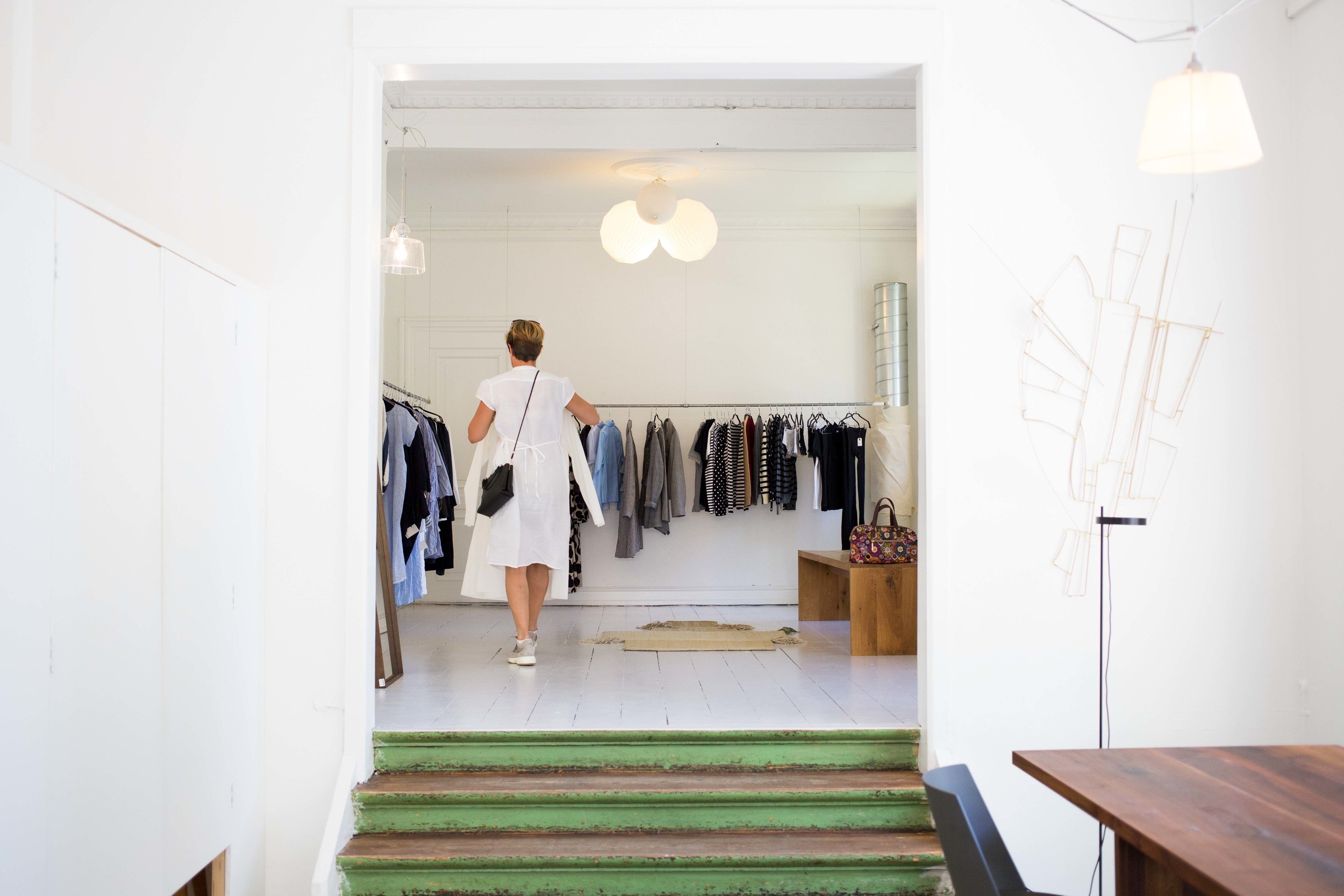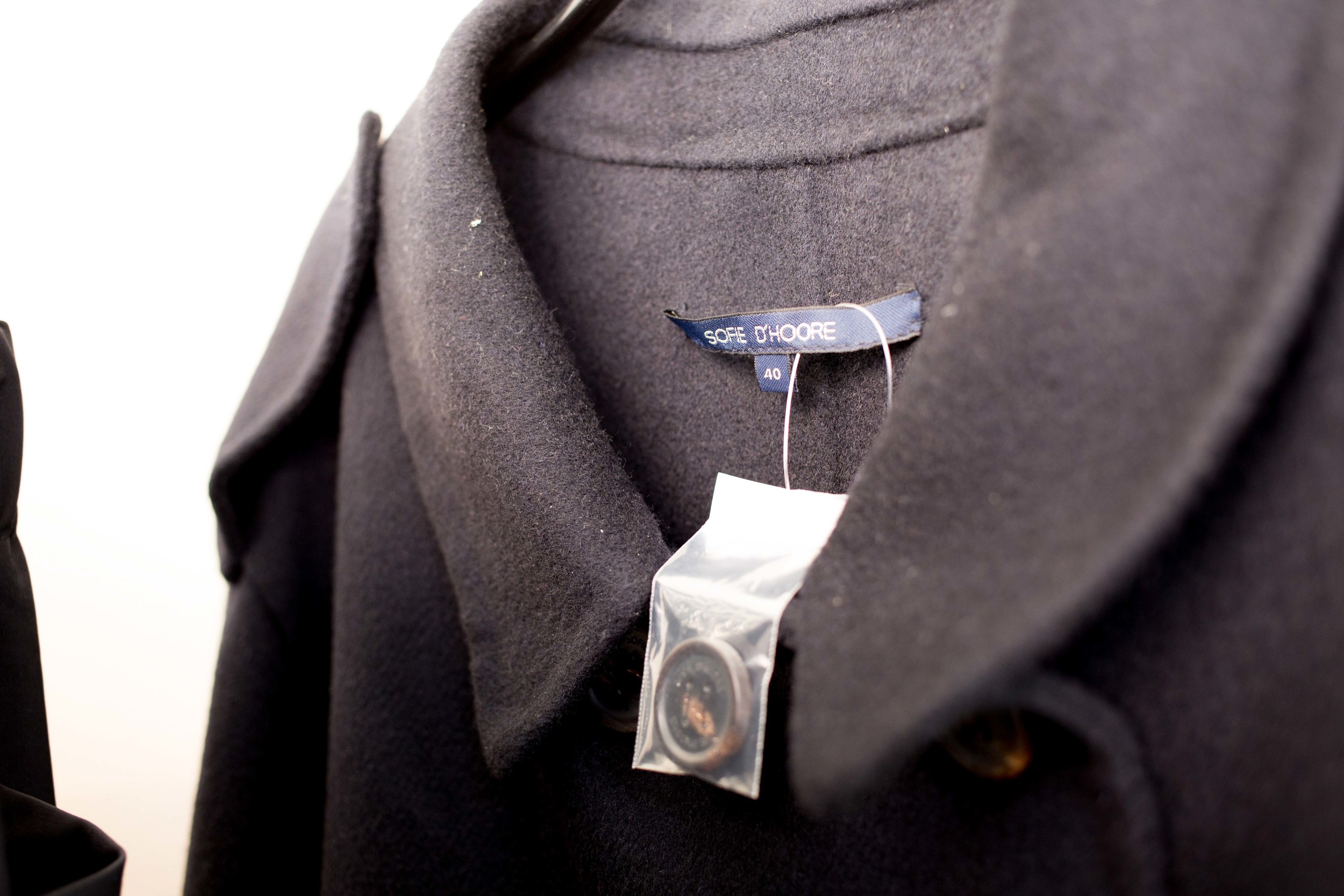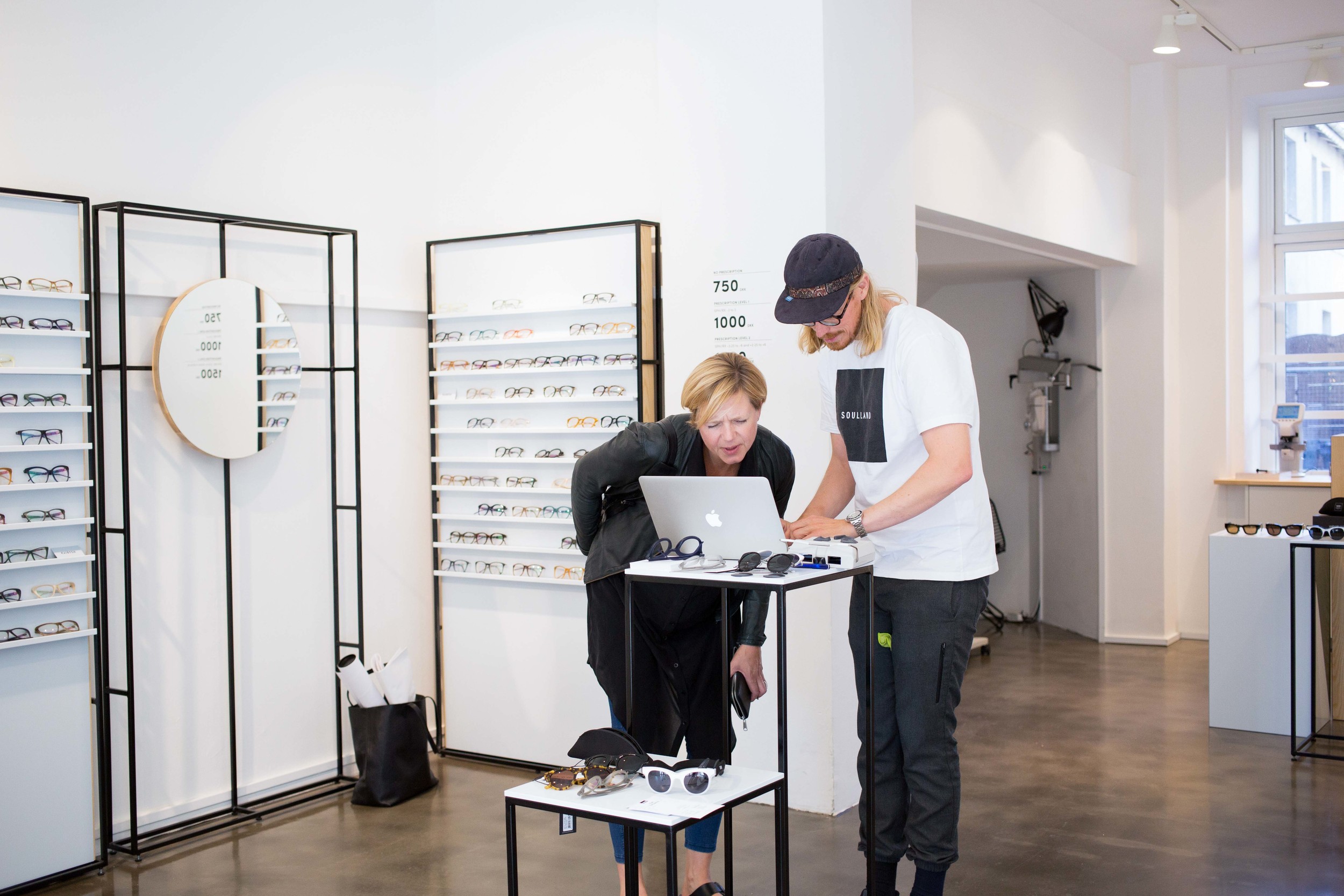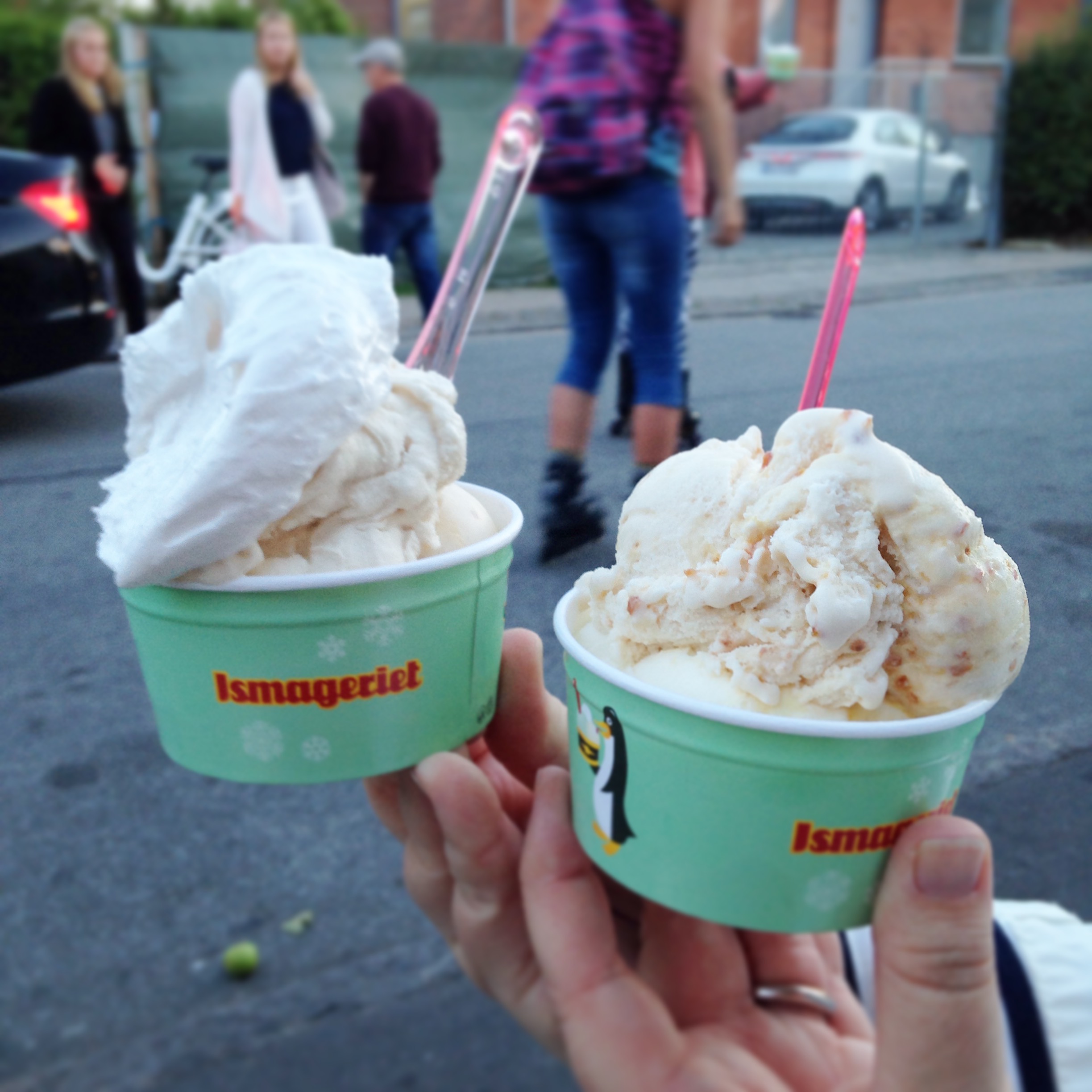Have you ever had a friend-tervention? When your friends stage an intervention regarding something in your life because they know you need it?
I've had several done by those who love me and I've also been part of a few acts of the kind towards the people in my life I care about. At times, it is quite necessary but sometimes, looking back, I think that some of them could have been constructed better in its delivery. A few of them, when evaluating with a bigger picture in mind, most definitely could have just used patience in knowing that the loved one will get there eventually and absolutely needs to get there on their own. Hurt feelings aren't the best way to pursue interventions and during my college and early 20's, my naivety rushed critical understandings that perhaps one was not ready for - I also feel the same way about several things that were thrown in my direction when I wasn't ready for it.
Human Centered Design isn't any different. A lot of times, it is actually, in fact, an intervention. When you're reconsidering a project, putting it on hold to perhaps insert a HCD process, or even when you're reevaluating something that has been done from an HCD lens, you are intervening on behalf of humans. This is a good thing, in theory, but delivery is key. What that delivery consists of is perhaps the greatest piece of the puzzle when designing anything. Designers must know this criticality within the process.
I'd like to share an intervention that is happening to me during this design residency I am taking part of for two weeks.
A Civilla class that begins and ends with a circle of community and expression of thoughts.
In my past work environment, I will share that it was a bit toxic in the context of management personalities, as well as general advocacy for design as a professional skill. I won't go into detail about specific stories and people, but just know this - it was not healthy for me to be in that environment anymore and I had to pull myself out of it. (This is a great reason to take a sabbatical if you are kicking around the idea. Take a step back and reevaluate who you are in your work environment. If you don't like it, maybe it's time for you to take a step back and recalibrate your compass.)
What I will share, though, are the behaviors that were drawn out of me by putting myself through an environment in which I thought I could handle. To name a few, the following are things that came to surface: Actions that were opposite from 'Shine Theory' with my fellow women workers; Political insecurity which manifested itself by speaking downward towards those who I felt threatened by; Insecurity in the credit and value of my work; and a wretched habit of name dropping just to level up to those in the room.
It was terrible. I was terrible.
Another goal that I added to my list during this sabbatical is to regain who I am as I despised who I was becoming in a work setting. I am not perfect and I will be the first to say that I am absolutely responsible for these actions because they are mine, but I do know myself and I know that within my beliefs regarding what is right and what is good, it doesn't include any of the above actions. It hurt my heart to know that I had evolved into a person I promised I wouldn't be. So, I put an end to it.
I'm not saying that you shouldn't be smart in how you navigate work culture. You must learn the way the machine works and move through it in your most sincere, truthful, and kindest manner. You must know and master the system so that you don't let it push you around.
Environments and their surrounding cultures are critical to the kinds of people organizations will produce if constructed a certain way. We are always growing as people and when you're young, you're kind of a flaring firework that is just waiting to explode into the air to be recognized as a shining, talented creature. If you deny this, you are lying to yourself. Work culture in America is constructed this way and if you are trying to survive for the many reasons you have on your priority list, all humans behave in this way. Darwin is absolutely right in this context - it is the survival of the fittest.
But, what happens when the ones who make it to the top are monsters? Well, they produce fellow monsters, of course. And what happens when the ones at the top are gentle, kind but firm leaders? They produce fellow gentle, kind but firm people.
I share these thoughts because I have met wonderful leaders during this design residency and I have experienced, again, what it means to be led in a thoughtful manner. It has given me hope for myself that I am actually not this way in work groups when respect and encouragement are foundations for a working culture. I am relieved to know that I am not a monster in the working world and have more confidence in myself and my work than I ever did in the past. This all happened in 1 week.
I'm proud to be a member of Civilla's family.
I sit in my temporary home in Detroit and think about how miraculous this experience is. The story of how I got here and who I have met is nothing short of a miracle. What I am learning right now, I will never give up for the world. Never have I ever met such beautiful souls with whom I have immediately connected with and wondered, "Why am I meeting these people now? What took so long? What is happening right now?!"
For starters, Civilla is a social impact/innovation startup that began in Detroit at the beginning of September 2015 (that's last month). This little group has one of the biggest hearts within the range of startups I have consulted with, and the projects they are pursuing are a testament to that fact. Passion is the project. Social intervention is the evolving experiment.
Civilla has taken a repurposed storage closet as their first home. A great transformation indeed.
Although Civilla is intervening on behalf of the people of Detroit using the HCD method, I am proud to say that they have intervened in my life as a beacon for knowing what exact environment and culture makes me feel safe and confident when it comes to work. I can only attempt to describe the joy I feel of knowing this truth. Perhaps using a food analogy will help. I feel as though I have tasted the simple, yet delightfully thoughtful bowl of porridge that is ever so slight in its first impression but immersed with enriching ingredients that slowly expose themselves bite by bite - teaching you the roots of what food and taste should be while humble in its packaging and delivery. Better? I hope so. I need you to understand this.
From left to right: Lena Selzer, Adam Selzer, and Michael Brennan
There is nothing about this experience that I expected in my lifetime, but I will wholeheartedly accept it and appreciate, in utter awe, the fact that it is happening. The universe is beautifully mysterious like that - I often wondered what would actually come out of my sabbatical but this journey has proved to be filled with more than just rest and goal seeking. Or could it be that through the pursuance of rest and goal seeking that the things that must open our eyes actually come to fruition? At this point, however way you want to look at it, I'm just glad it's happening.
UX Notes: We are what we experience and our experiences will guide our future decisions and paths. If you are enjoying your current experience in your workplace, bravo. Continue with that experience but don't forget to challenge yourself so that you will grow. If you aren't enjoying your experience in your workplace, I challenge to seek out why that is. Was it the 'Login' process with HR that exhausted you right from the beginning? Or was it the enticing interactions you fell in love with during your interview and when the curtain was unveiled, you saw the reality of what you signed up for? Think about it.





































